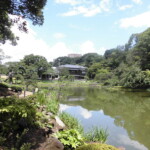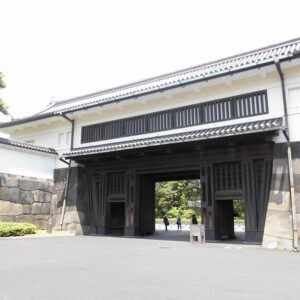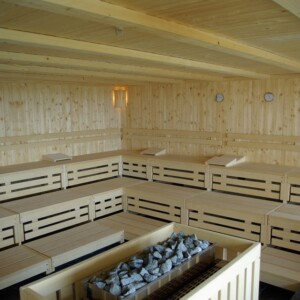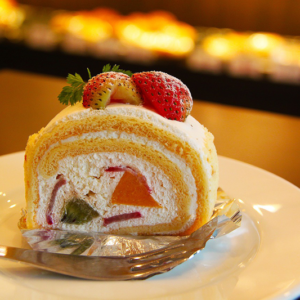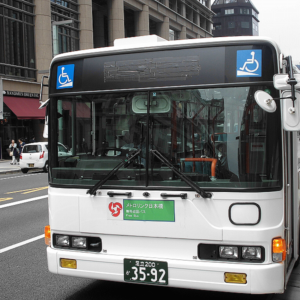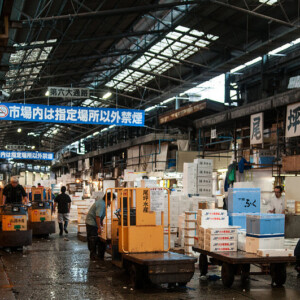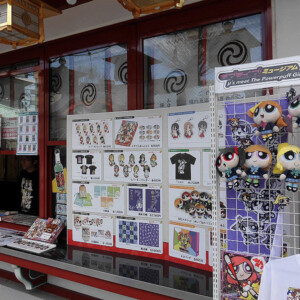
Time trip to the Taisho era!? ~Taito City Shitamachi Museum~
table of contents
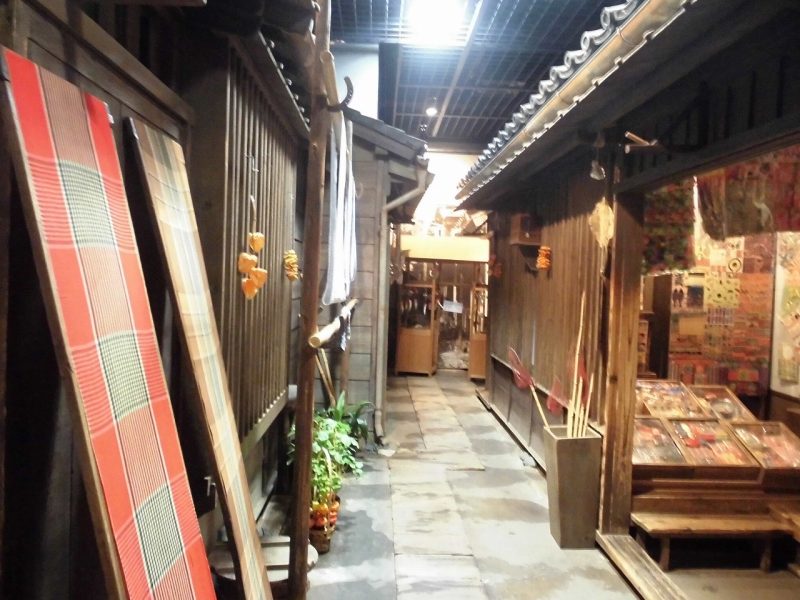
Do you know the "Shitamachi Museum"? Here, the scenery of Tokyo's downtown area from the Taisho era is recreated in full size. If you come here, you will be able to experience life in the past, which is unimaginable from now on. It really feels like a time trip!
Recreate a tenement house in downtown Tokyo from the Taisho era!
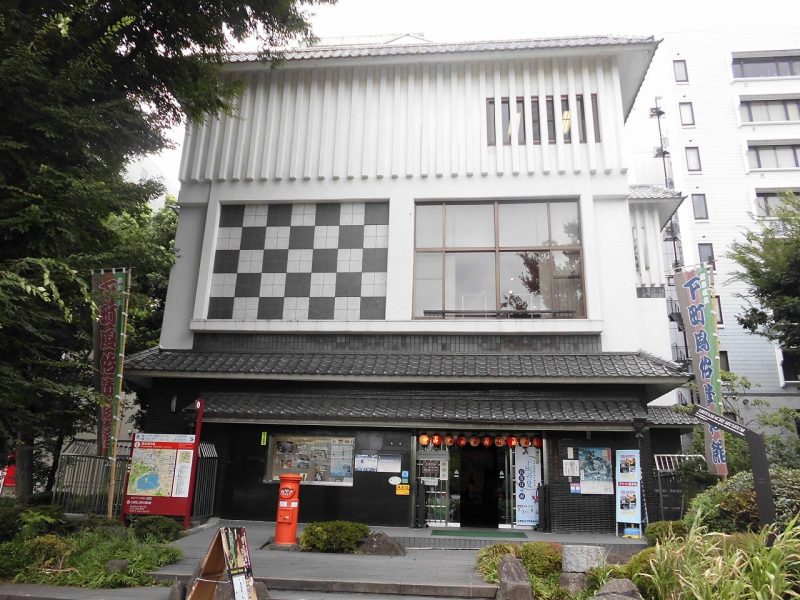
The Shitamachi Customs Museum, located on the shores of Shinobazu Pond, opened on October 1, 1980, in order to convey the life of Tokyo's downtown areas from the Taisho era to the 1950s. On the first floor, there are life-size reproductions of tenement houses and merchant houses in downtown Tokyo from the Taisho era. I visited on a weekday morning, but the building was buzzing with tourists from various countries.
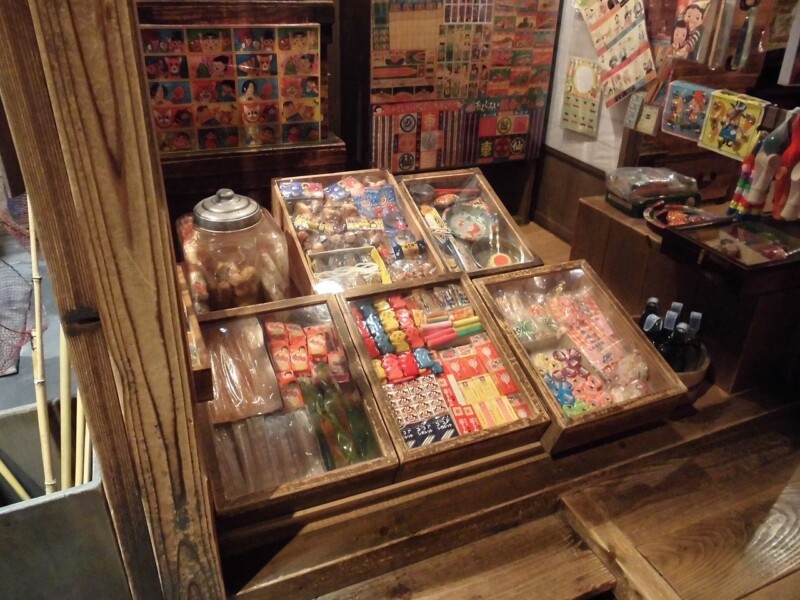
This is a candy shop located in a tenement building on the first floor. For the generation that spent their childhood in the 1950s, there are especially nostalgic sweets and toys lined up in stores. On the right side of the photo, you can also see a bottle of ramune in a wooden bucket. You can see that this is a candy shop from a time when there were no commercial refrigerators to cool juice.
There was a well outside the tenement house that was pumped up with a hand pump, so the ramune was probably cooled by filling the well water into a wooden bucket. In the days before refrigerators, it was common to cool watermelons and juices with well water. Because well water comes from groundwater, it is much colder than tap water.
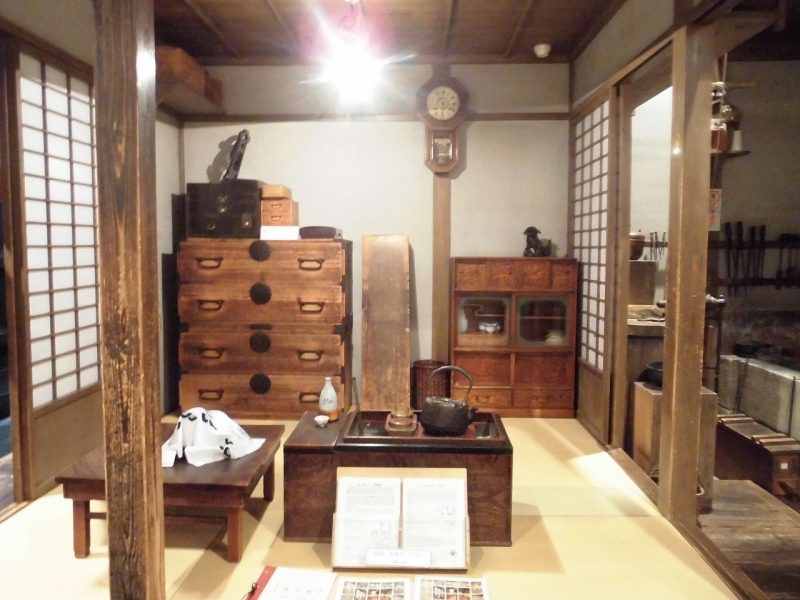
The room next to the candy store is the home of a craftsman. The area on the right, which can also be seen as the kitchen, is the workshop, and the four members of the family sleep in the tatami-floored room in front. There are no other rooms available. When I go to bed, I put away the things that are in the middle of the room and put them in the corner and spread out my futon.
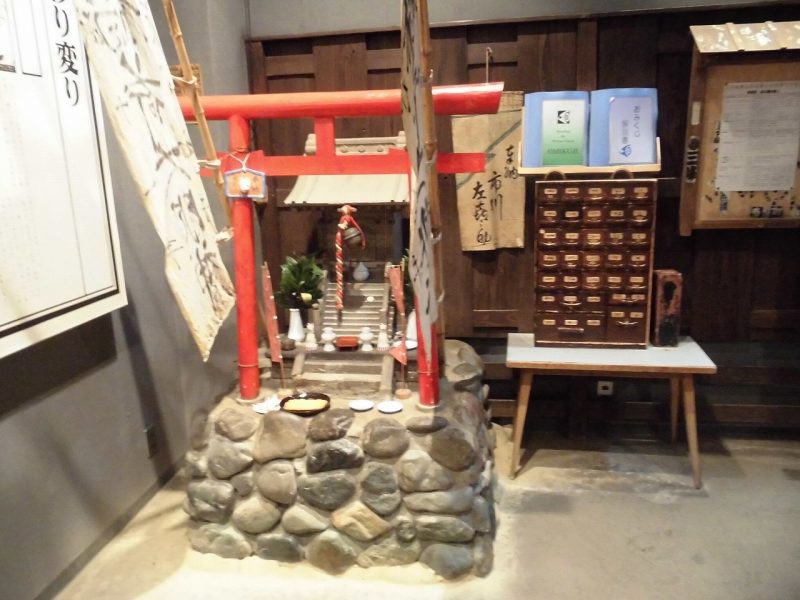
Inari Shrine was a fixture of the tenement houses in the downtown area. It is said that during the Edo period, it was always enshrined in houses and tenement houses as the guardian deity of the area. By the way, what is on the table on the right side of the screen is a ``fortune shelf'' and ``fortune tube.'' Fortunately, you can actually draw the omikuji on display.

Pick up the fortune tube next to the shelf, shake it, take out the fortune stick, and open the fortune shelf with the number that corresponds to the number written on it. Then, there was a fortune in it. Of course, you can take it home with you.
Check out retro items that don't exist anymore!
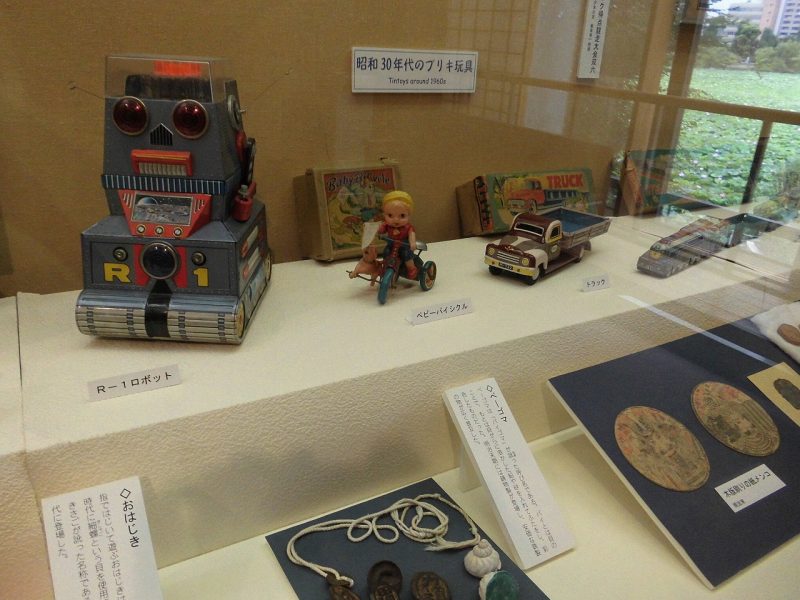
When you go up to the exhibition room on the second floor, you'll find nostalgic toys lined up in showcases. There are also wooden toys that you can actually touch and play with. On the second floor, materials about downtown life and seasonal life are displayed. During the summer, we exhibited summer life under the theme of ``Summer in the downtown area: food, clothing, shelter, and play.'' Now, let's take a look at the exhibits on the second floor.
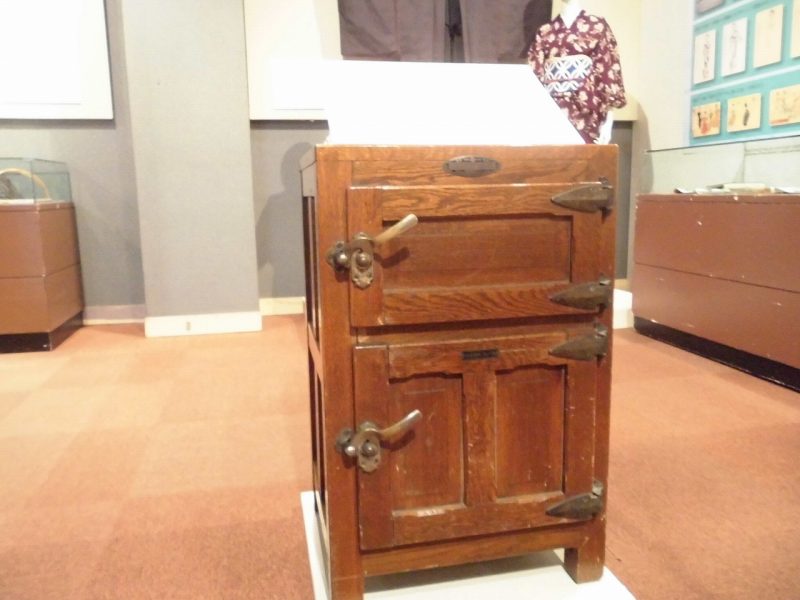
Nowadays, we take it for granted that refrigerators use electricity, but until the 1950s, refrigerators used ice instead of electricity to cool things down. A large piece of ice is placed on the top shelf, and the cold air cools the food stored on the bottom shelf. The inside was lined with corrugated iron, and cork was used as insulation inside. When the ice melts, water comes out, and the water was properly drained outside. Ice was delivered almost every day from an ice shop in the town.
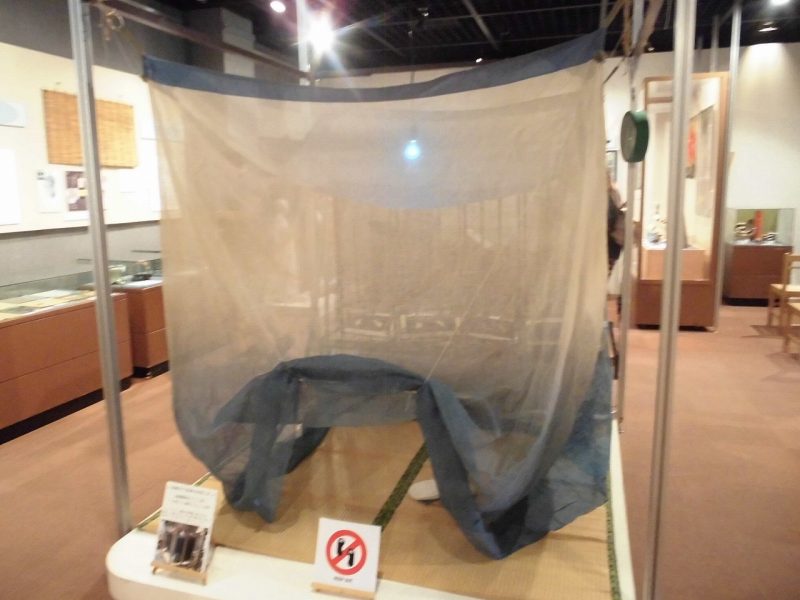
Until the mid-1960s, it was common to hang mosquito nets and sleep under them. At that time, mosquito coils were used to ward off mosquitoes, but the flames would go out in the middle of the incense, so they could not be used for very long. Therefore, mosquito nets made of fine fibers that prevent mosquitoes from entering were a must-have item in summer. After that, mosquito nets gradually disappeared, perhaps because products that use electricity to kill mosquitoes all day long came on the market.
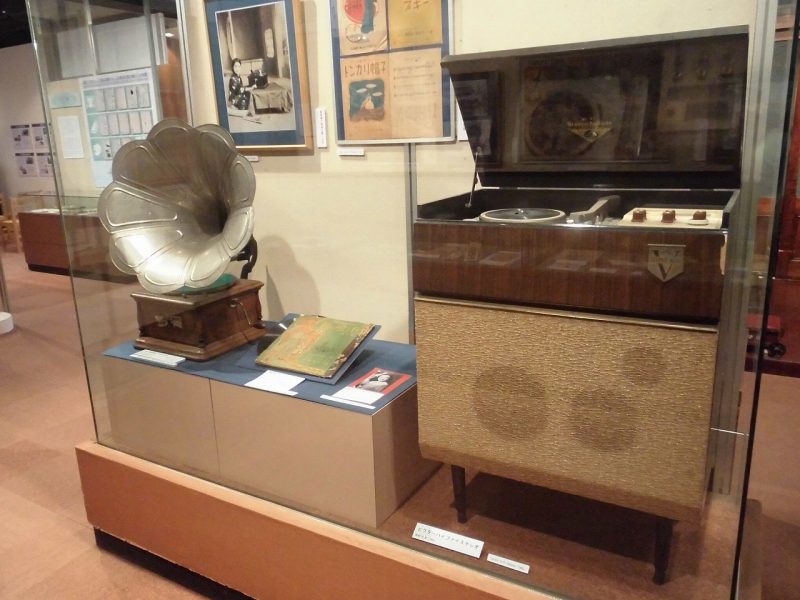
The gramophone is on the left side of the screen, and the stereo player is on the right side. Both are for listening to vinyl records. A phonograph uses electricity generated by turning a handle to turn a record and reproduce sound. Stereo players use electricity, just as they do now. By the way, stereo players were quite a luxury item, and until the mid-1960s, small record players were used in ordinary households.
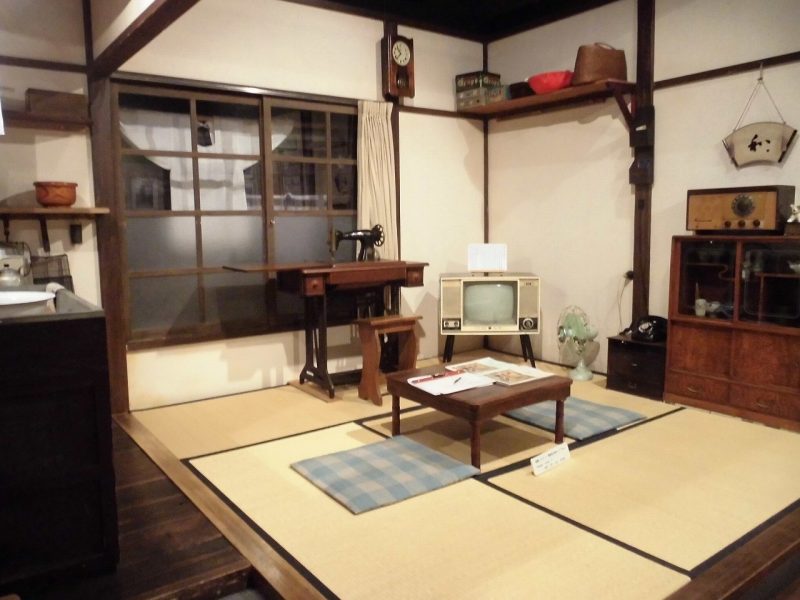
At the very back of the exhibition room on the second floor is a downtown family home from the 1960s. It is a completely different world from the Taisho period tenement life in the exhibition room on the first floor. There is a radio on the shelf to the right, and a black and white TV in the middle of the room. If you look closely, you can also see a fan and a black telephone to the right of the TV. It is said that television became popular in downtown Tokyo with the opening of the Tokyo Olympics in 1964. By the way, color televisions did not enter homes until around 1968.
How was it?
On the first floor, there is a view of life in the Taisho period, where the atmosphere of the Edo period remains, and on the second floor, there is a recreation of downtown life from the Taisho period to the 1960s. The exhibits provide a clear understanding of how life has changed over time. Would you like to experience a daily life that is unimaginable when you look back on life in today's era at the Shitamachi Customs Museum?
INFORMATION
| name | Taito City Shitamachi Customs Museum |
| location | 2-1 Ueno Koen, Taito-ku, Tokyo |
| telephone number | 03-3823-7451 |
| Official URL | http://www.taitocity.net/zaidan/shitamachi/ |
| GOOGLE MAP |


![[Tokyo] Let's travel to the stage of Chika Umino's "March Comes in Like a Lion"! Photo for lead text](https://jp.neft.asia/wp-content/uploads/2017/04/42378090ba48f54942cf14b67389c65e-150x150.jpg)
![[Tokyo] Stroll through the feudal lord garden connected to Mito Komon ~Koishikawa Korakuen~ Photo 1](https://jp.neft.asia/wp-content/uploads/2018/01/66e091bc2d19932de79e174ad215915d-150x150.jpg)
